Category: Latter-day Saint Thought
-
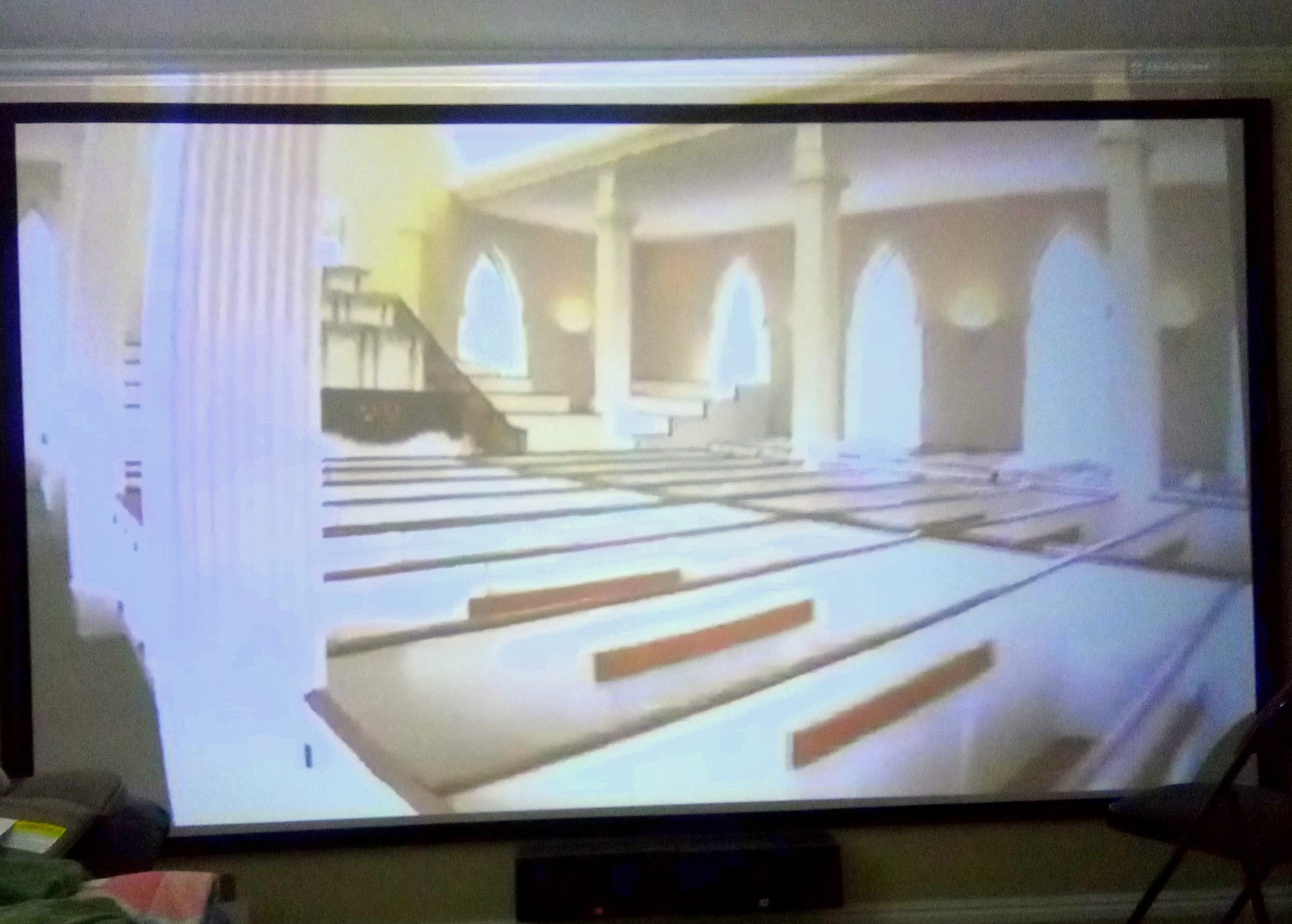
Touring the Kirtland Temple… In Utah
I finally achieved a long-term goal of mine. For years, I’ve been trying to talk my wife into going out on a Church History pilgrimage, with the Kirtland Temple being one of the highlights of the trip we’ve been talking about, but it hasn’t happened until now. Well, it kind of happened, anyway. You see,…
-
Notes on Book of Mormon Philology. IV. The Puzzle of 3 Nephi
Why is 3 Nephi, which records the central event in the history of Nephite salvation and destruction, located between Helaman and 4 Nephi?
-

Statues in the Balance
One of my favorite episodes of the science fiction TV series Firefly is the “Jaynestown” episode. In it, a self-serving mercenary of questionable moral character ends up visiting a planet he has been to before. In the past, he’d attempted to rob the local aristocrat, but in the process of making a get-away, he had…
-
Notes on Book of Mormon Philology. IIIc. The source structure of the Book of Mormon
If you trace the history of a text from earlier manuscripts to later ones, it’s not unusual for the text to be extended in various ways.
-

A Lake of Fire and the Problem of Evil
I remember talking to an atheist on the riverfront walk in Dubuque, Iowa one day while serving my mission. He told my companion and me that he couldn’t believe in God after some of the things he had seen, and went on to describe (in a fair amount of gruesome detail) visiting a Catholic church…
-
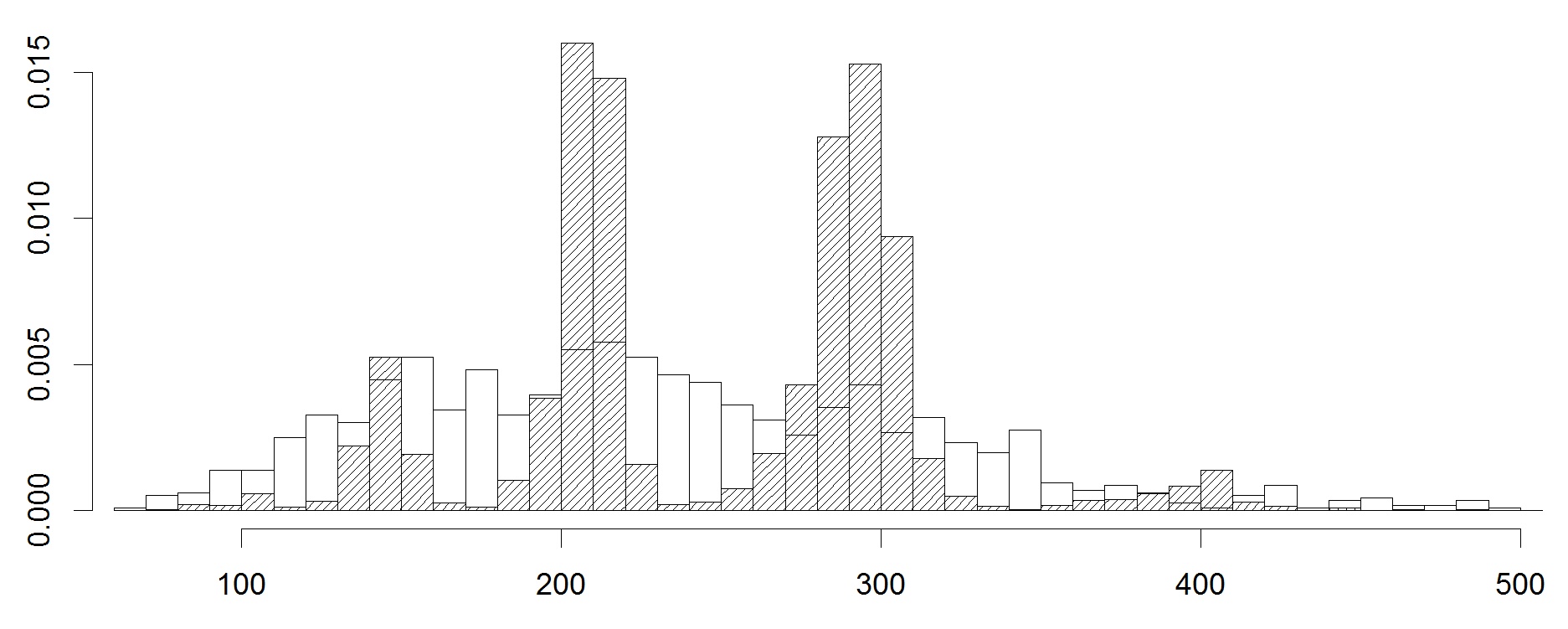
Notes on Book of Mormon Philology. IIIb note 1. A note on the uniformity of the Golden Plates
Mark Ashurst-McGee asks about the uniformity of the Golden Plates in eyewitness accounts, even though they contain both Mormon’s abridgement and Nephi’s small plates, and this is in fact genuinely weird.
-
Notes on Book of Mormon Philology. IIIa. Nephite literacy
Unless someone gets lucky with a spade or a metal detector, the full extent of Mormon’s sources will remain unknown. To keep even tentative answers on the side of plausibility rather than fantasy, how we think about Mormon’s sources should be informed by any information we have about Nephite literacy and textual culture.
-
Notes on Book of Mormon philology. II. What did Mormon know?
The logical place for a philological approach to the Book of Mormon to begin is with Mormon, its eponymous editor, and his sources. How much did Mormon know about the Nephites, and what kind of records did he have to work with?
-
Notes on Book of Mormon philology. The philological instinct
When I look at recent studies of the Book of Mormon, the biggest deficit I see is the lack of instinct for philology.
-
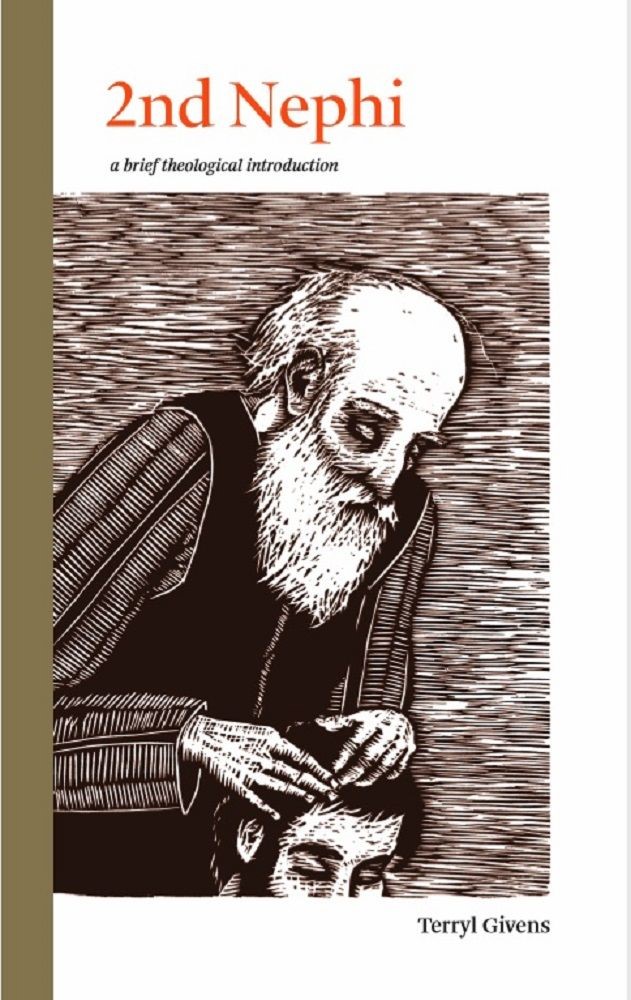
Review: 2nd Nephi: A Brief Theological Introduction
I think one of the most repeated refrains I see in comment threads in the bloggernacle is that our Church meetings generally lack the vibrancy and ability to deeply engage with the scriptures and ideas in ways that can stimulate interest and growth. As Terryl L. Givens put it in a recent interview, “one of…
-
Hasten to Prepare
At the “Be One” celebration in 2018, President Dallin H. Oaks discussed the frustration he experienced as a member of the Church before the ban on individuals of black African descent holding the priesthood or receiving saving temple ordinances was lifted. He said that he “observed the pain and frustration experienced by those who suffered…
-
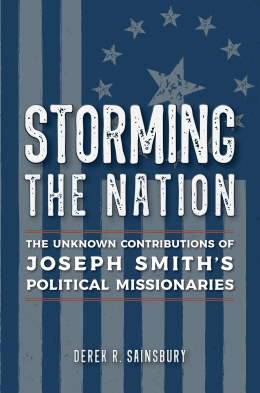
A Prophet for President
Imagine that when you check the news tomorrow morning you see that Russell M. Nelson has announced that he is running for the office of the President of the United States. Now imagine that later the same day, you receive a call from your bishop, and he extends a calling to you to serve as…
-
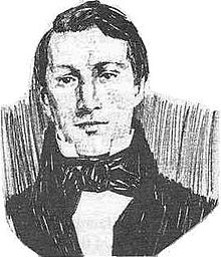
Saving Alvin
How we approach the scriptures affects what we see in them. In other words, our assumptions, our traditions, our cultural baggage that we carry with us as we enter the world of scriptural texts are lenses that give meaning and shape to what we find inside those scriptures. Two approaches that I would like to…
-
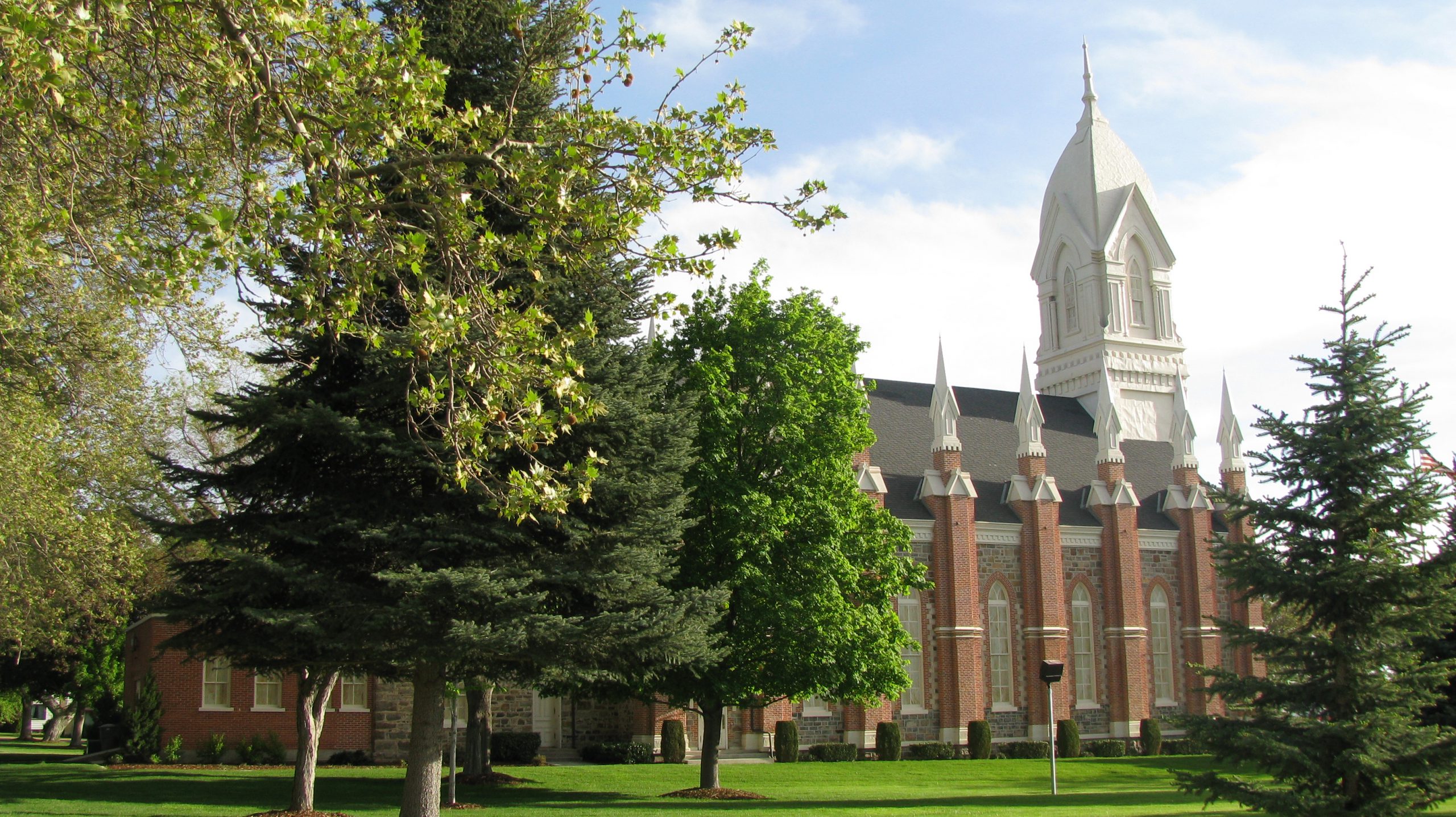
Reflections on Meetings in the Church of Christ
One of my favorite quotes of all time about Mormonism focuses on the concept of Zion. “Zion-building is not preparation for heaven. It is heaven, in embryo. The process of sanctifying disciples of Christ, constituting them into a community of love and harmony, does not qualify individuals for heaven; sanctification and celestial relationality are the…
-
How Much Art Comes through Church
Think through this with me: How much art do we see through the Church or because of the Church? I’m talking about all forms of art; visual and performance, representative and symbolic, etc. and etc. What art is delivered to us by the Church? How much art is in our worship and lessons? What impact…
-
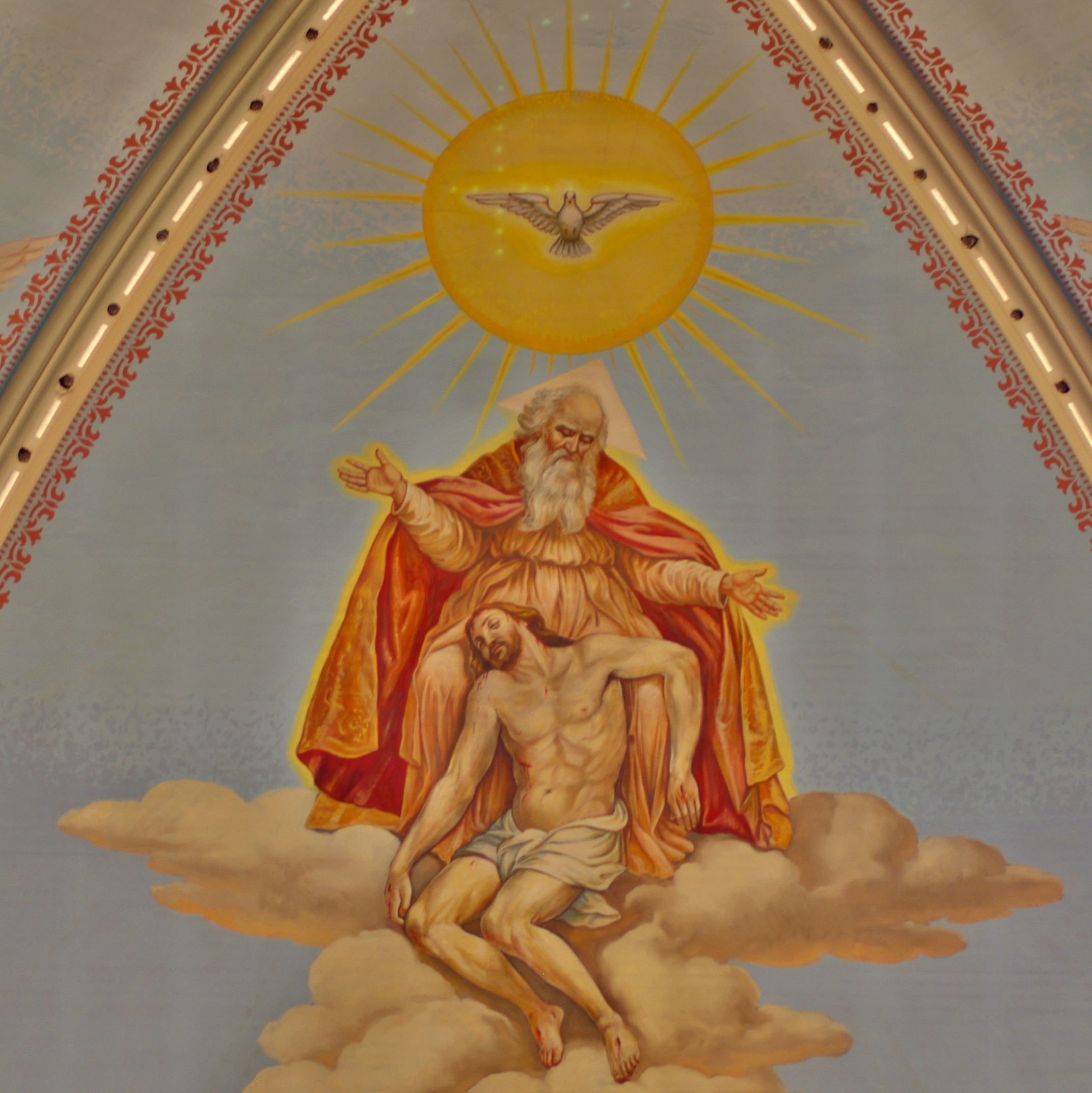
Monotheism and Mormonism
One of the most central and difficult issues of Christian theology is how to fit together a commitment to monotheism with a belief that Jesus is a divine being. While we, as members of the Church of Jesus Christ of Latter-day Saints have resolved some aspects of this in our own ways, we still have…
-
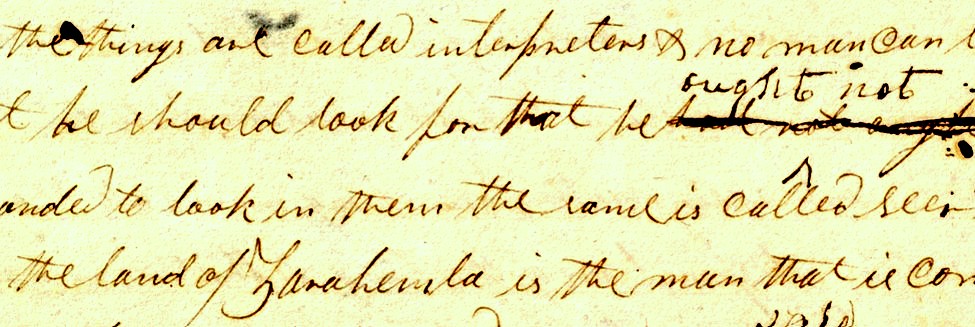
Seer Stones and Grammar
Book of Mormon translation is one of those interesting subjects that is central to the ongoing Book of Mormon wars. As well, to me, one interesting aspect about the Book of Mormon is how self-aware of its own creation it is. For example, in Mosiah 8 (part of this week’s “Come, Follow Me” discussion), there…
-
Review: Buried Treasures: Reading the Book of Mormon Again for the First Time
Michael Austin’s book, Buried Treasures: Reading the Book of Mormon Again for the First Time is a quick, insightful and though-provoking read about the Book of Mormon. The book began its life as a series of blog posts at By Common Consent, documenting some of Austin’s thoughts as he read the Book of Mormon in-depth…
-
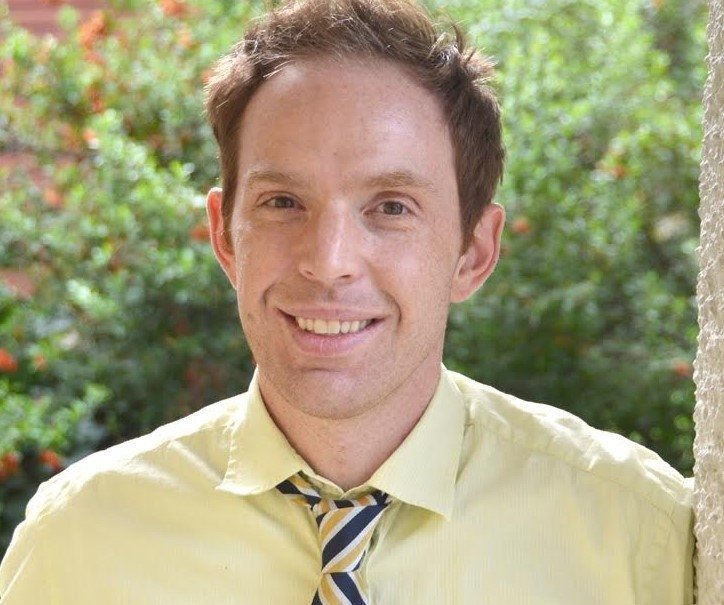
Race and Lineage among early Latter-day Saints
Race is an incredibly sensitive topic, but it is also an incredibly important topic to discuss and understand. A number of important books have been published about the racial narratives that were adopted by early members of the Church in recent years, including Max Perry Mueller’s Race and the Making of the Mormon People (The…
-
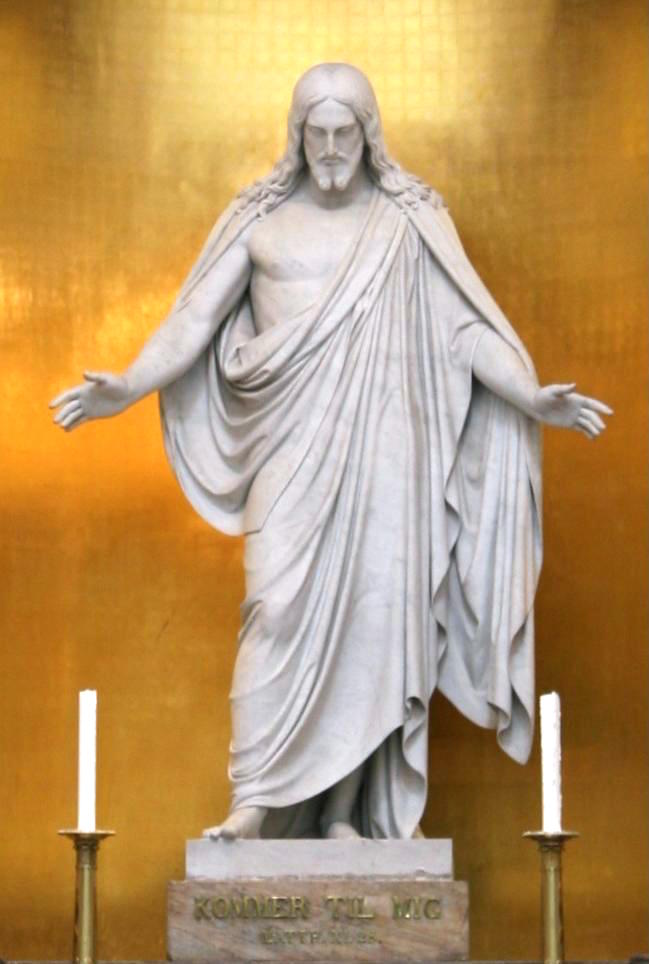
Seek After These Things
There is a part of me that is deeply drawn to the Christian religions that have existed for hundreds or thousands of years. Perhaps that comes from my fascination with history (particularly the Byzantine Empire), perhaps from beautiful experiences with choral music written by Christians from the Renaissance up through our own day. Perhaps some…
-
Revisiting Sherem
Many of my choices in books this year have been influenced by a decision to try and catch up on literature about the Book of Mormon. I feel a bit overwhelmed, to be honest, since there’s a lot out there and I have been more focused on the New Testament in recent years. I recently…
-

Laban… as a Christ Figure?
This Holy Week I’ve been monitoring my employer’s livestreamed Roman Catholic masses and services, meaning that I (for the first time) attended a Holy Thursday mass and a Good Friday service. So it happened that, during the reading of the Gospel of John in the Good Friday service, I noticed something peculiar. In response to…
-
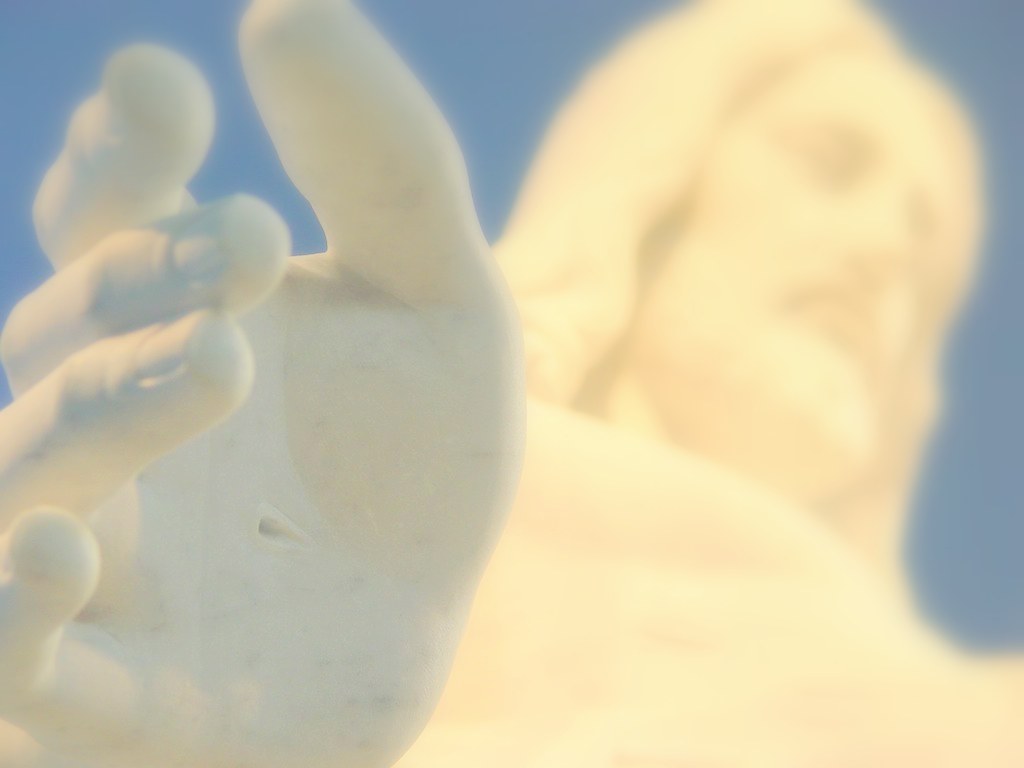
Resurrection and the Timing of Healing
Bear with me as I go out into the theological weeds to explore an obscure doctrinal debate about the resurrection. As my wife and I studied the “Come, Follow Me” curriculum section on Easter, we discussed Amulek statements about the resurrection in Alma 11. Our question was: What exactly does it mean to “restored to…
-
The Power of a Collective Fast
During General Conference last weekend, President Russell M. Nelson called for a worldwide fast on Good Friday (April 10) to “prayerfully plead for relief from this global pandemic.” Notably, this is the second collective fast in less than two weeks that Nelson has organized to petition God to alleviate “the physical, emotional and economic effects”…
-
Why My Generation is Leaving the Church
I am saddened by the wickedness of my generation. Three weeks ago – before the Coronavirus quarantine – I returned to the YSA ward that I attended in college. I noticed a man sitting by himself on a pew. I didn’t remember his name, but I did remember him. He sat by himself on that…
-
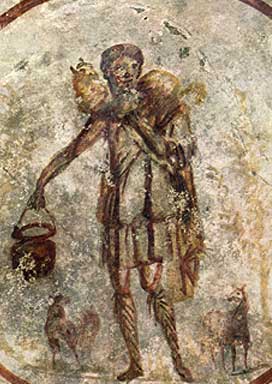
The Way and the Ancient Gospel
Along with “baby Yoda” memes, Disney’s Mandalorian made two phrases trendy: “This is the way,” and “I have spoken.” Being a Star Wars fan, the phrases quickly made their way into the lexicon of my household. So, it was humorous to me to find an entire lesson in “Come, Follow Me” this year entitled “This…
-
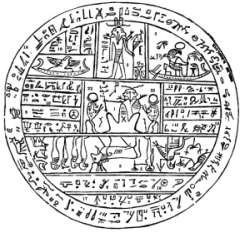
Notes on the Book of Abraham
I’m only a translator in the sense that people keep paying me to translate things for them.
-
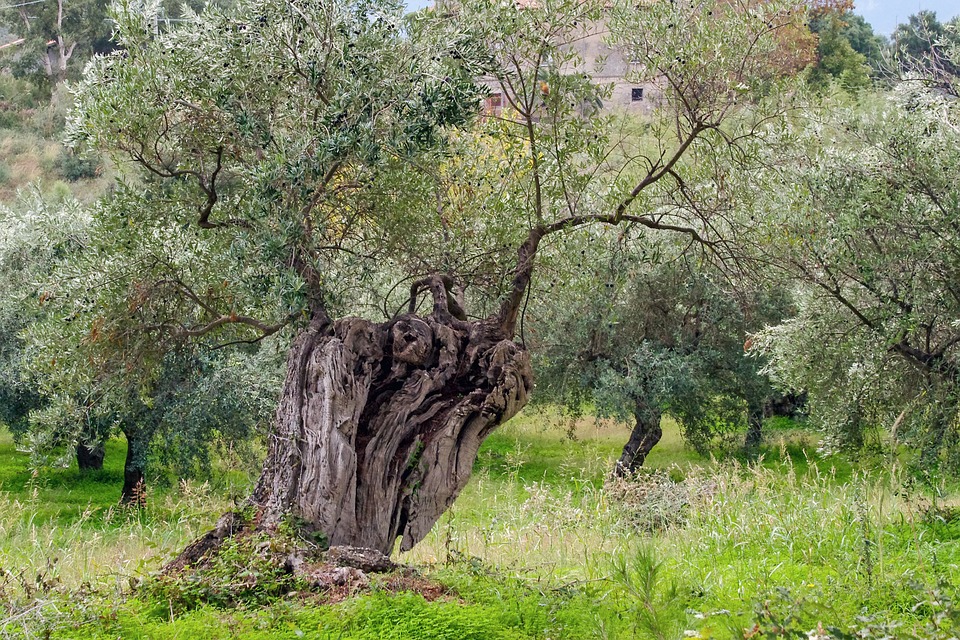
The Olive Tree Restoration
There have been some common underlying themes to several Times and Seasons posts these past few months. The three themes or questions that I have in mind at the moment are: “What is the nature of the Great Apostasy?”, “What is the nature of the Restoration?”, and “What is the relationship of the Church of…
-

Embracing Jacob’s Sermon
One of the more awkward moments of my time in graduate school came when I was reading a book about Mormon polygamy while taking a break in the lab. A visiting scientist from Pakistan who was doing research in the same lab saw me reading the book and asked me: “That looks like an interesting…
-
Sacrament Prayers and the Doctrine of Christ
I am always interested in seeing how ideas grow, develop, and take shape of the years. I suppose that is part of why I find the study of theology so interesting. As I was studying the “Come, Follow Me” curriculum this last week, it struck me how the sacrament prayers seem to have developed and…
